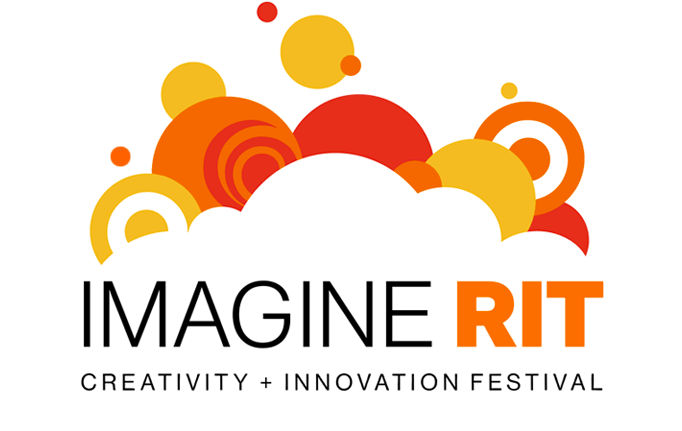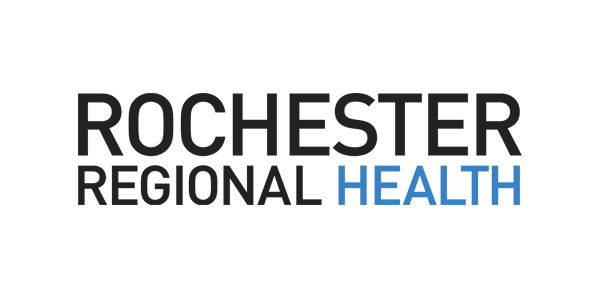Engineering Better Signals: A Smarter Approach to TDR Testing
Visitors will explore the fundamentals of high-speed electronics testing through an interactive, hands-on exhibit that simulates Time Domain Reflectometry (TDR) testing—even without high-end lab equipment! Using mock test setups, including a cardboard VNA (Vector Network Analyzer) and visual PCB comparisons, attendees will understand how engineers optimize signal integrity in electronic circuits. A pre-recorded waveform analysis will show the differences between a standard PCB vs. an optimized PCB design, demonstrating how signal reflections affect data transmission. Visitors can handle real or model PCBs, examine step-by-step diagrams, and follow along with detailed explanations of how signal integrity issues are detected and resolved. Whether you're an aspiring engineer or just curious about how modern electronics work, this exhibit offers a creative and accessible way to learn about advanced testing techniques—without needing expensive lab equipment! TDR testing is widely used in high-speed electronics, telecommunications, aerospace, and semiconductor industries to detect impedance mismatches, faulty connections, and signal integrity issues in circuit boards and cables. Imagine electricity as water flowing through pipes—a well-designed pipe system allows smooth flow, but if there’s a sudden change in pipe size, a blockage, or a leak, the water will reflect or lose pressure at that point. Similarly, in electrical circuits, impedance mismatches cause signals to reflect back rather than traveling smoothly, leading to data errors and transmission loss. TDR testing helps engineers find and fix these “leaks” in electronic signal pathways, ensuring reliable high-speed communication in modern devices.
Topics
Exhibitor
Niranth Chamarty
Organization
Affiliated with Teradyne indirrectly
Thank you to all of our sponsors!









